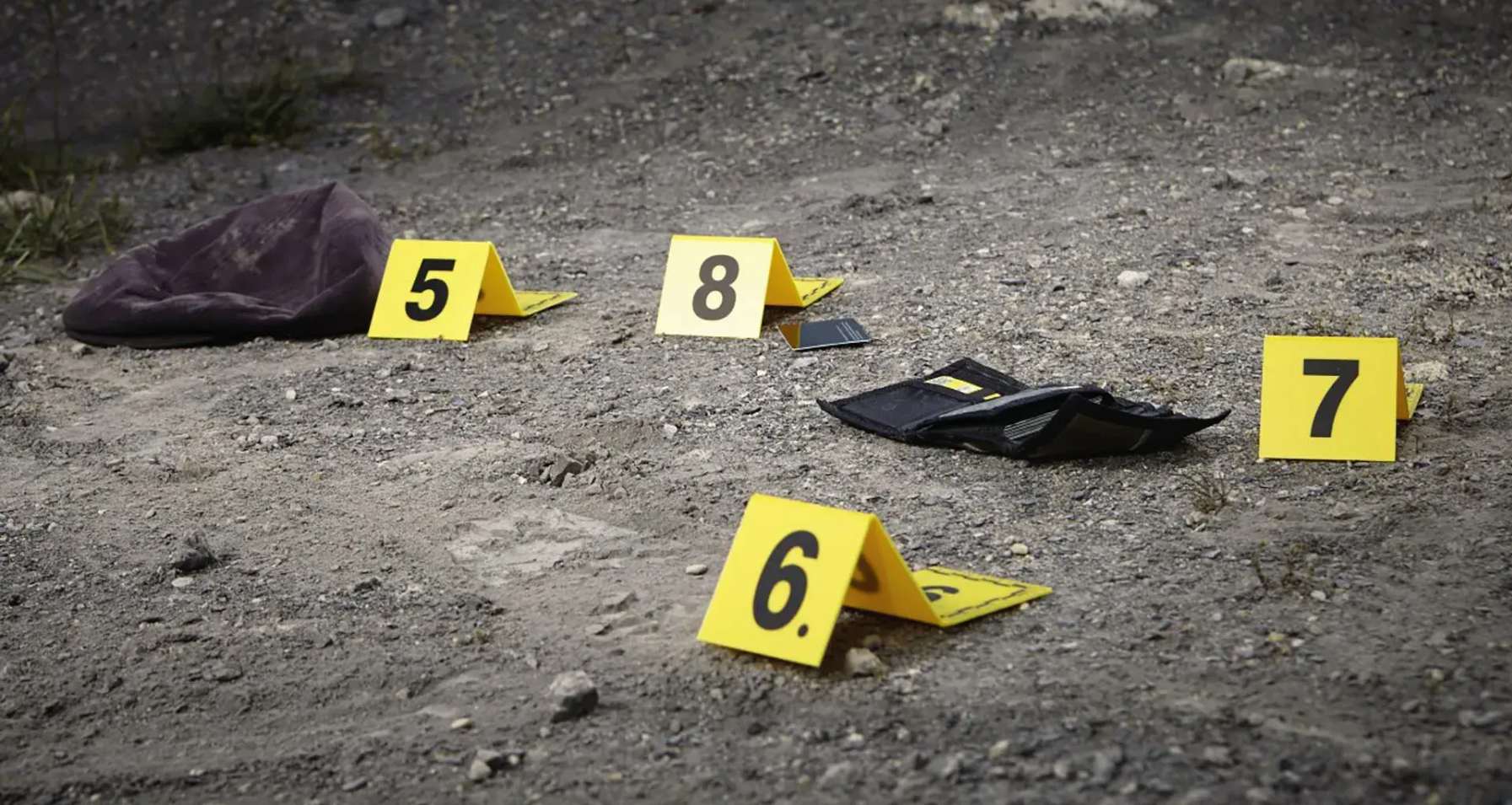Most Mexicans have normalized violence in their daily lives. They take minimal precautions, pay extortions, and try to stay out of trouble. Many others, unable or unwilling to pay, protest in fear; some lose their lives or see family members disappear. Others are forced into the criminal logic and end up suffering the consequences.
Understanding violence in Mexico requires a perspective that goes beyond national statistics, since each municipality reflects its own dynamics—where social, political, and criminal factors intersect to shape contrasting realities. To properly grasp the situation, one must analyze it at the local level, where it becomes clear how, within the same state, territories with high conflict, areas under criminal control, and regions with barely any state presence coexist. In Mexico, this complexity materializes in four distinct scenarios of violence that mirror the country’s diversity of contexts and challenges.

Four scenarios of violence
The first scenario occurs in municipalities with strong state presence but also significant organized crime activity, where homicide rates are extremely high—often exceeding 60 per 100,000 inhabitants and, in some years, reaching over 100. Cities with more than half a million residents such as Tijuana (Baja California) and Ciudad Juárez (Chihuahua) record more than 1,000 violent deaths per year, while Cancún (Quintana Roo), Acapulco (Guerrero), Celaya, and Irapuato (Guanajuato) register between 500 and 800 annual homicides. Among municipalities with fewer than 500,000 inhabitants, Playa del Carmen, Tulum (Quintana Roo), and Cajeme (Sonora) stand out.
The second scenario encompasses most urban areas, where homicide rates range from 10 to 30 per 100,000 inhabitants. These areas usually see no more than 200 homicides per year, concentrated mainly in the outskirts of major metropolitan centers such as Guadalajara and Monterrey, or in districts of Mexico City like Iztapalapa and Cuauhtémoc.
The third scenario occurs in regions where the state’s presence is weak or inconsistent. Here, clashes between organized crime groups push homicide rates above 50 per 100,000 inhabitants. This context is especially prevalent in rural areas of Michoacán, Guerrero, Oaxaca, and, more recently, in several municipalities of Sinaloa and Tabasco.
Finally, the fourth scenario describes territories where organized crime holds effective control and the state is practically absent. These areas may show moderate or low homicide rates, but the number of disappearances is presumed to be high, and residents live under criminal social and political control. This occurs particularly in parts of Tamaulipas, Veracruz, and in southeastern states like Tabasco, Chiapas, Campeche, and rural communities of Quintana Roo.
A failed state?
In the first two scenarios, the state’s significant presence makes it inaccurate to describe it as “weak,” but its response has been clearly ineffective in curbing violence. So far, Mexico’s various security strategies have failed.
In the third and fourth scenarios, however, the debate opens as to whether these territories reflect a failed state—and how it might be strengthened to recover effective democratic governance. The lack of professional, well-paid, and trustworthy local police forces, combined with a reliance on militarized responses, makes managing these situations extremely difficult, as there is neither sufficient presence nor intelligence on the ground.
The fourth scenario is particularly sensitive, as it reveals that homicide rates alone are not reliable indicators of criminal control. Without in-depth local knowledge, it’s difficult to determine whether an area is truly peaceful or under the control of organized crime.
The persistence of violence
Violence has persisted across large parts of the country and shifts geographically depending on local conflicts or pacts. It is present throughout Mexico’s territory, but to understand it, one must pay close attention to the local level. Government efforts to manipulate homicide statistics cannot conceal their true magnitude and impact, which is further compounded by the rise in disappearances—from fewer than 4,200 in 2015 to over 13,200 in 2024.
The key questions for the coming years are whether the current administration of Claudia Sheinbaum will succeed in reversing these trends (so far, no change is visible) and what effects U.S. anti-terrorism laws will have on Mexico’s criminal dynamics.
What will happen if the United States forces an end to extortion payments on the grounds that such payments amount to collaboration with terrorist activities?
*Machine translation, proofread by Ricardo Aceves.













